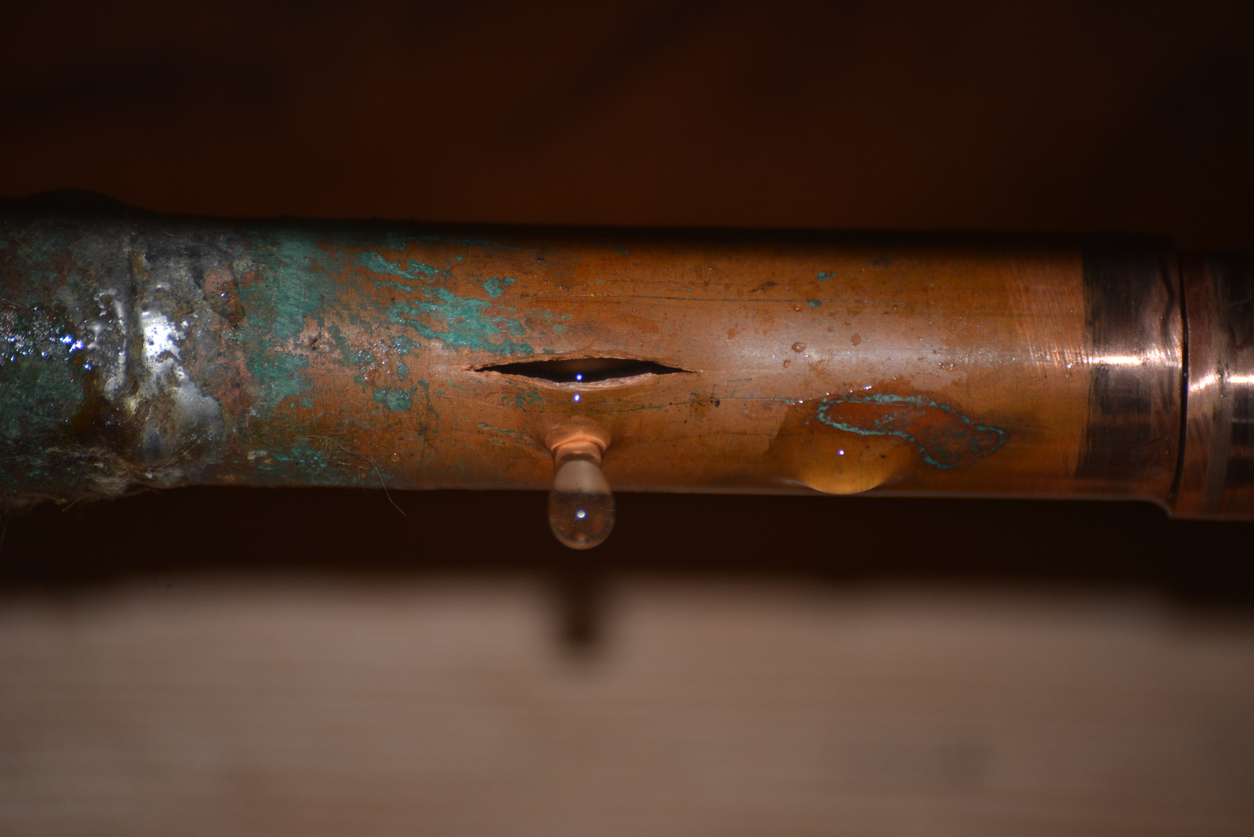Establishing the value that the insurance policy is required to pay is something a policyholder must prove at trial. The insurance company has the same obligation under good faith adjustment duties, but a value is needed for proof at trial.
For example, a New York federal judge wrote a lengthy opinion to establish that a covered collapse of an old roof occurred.1 The judge then ruled for the insurer because the policyholder failed to establish any actual cash value for the collapsed roof while the insurer offered proof that it was worth nothing. The judge first noted the policy language:
[p]ayment will not exceed the smallest of: (a) the actual cash value of the damaged [or] destroyed … property at the time of loss; (b) the amount necessary to repair or replace the damaged [or] destroyed … property with other of like kind and quality.
Then ruled for the insurer finding the following:
The purpose of an action on a[n] … insurance policy is to attempt to put the insured in as good a position as he would have been had no [loss] occurred, by awarding him the actual cash value of the property lost or damaged. Actual cash value (ascertained with proper deductions for depreciation) means actual value expressed in terms of money.’ Incardona v. Home Indem. Co., 60 A.D.2d 749, 749, 400 N.Y.S.2d 944 (1977) (interpreting similarly worded fire insurance policy that provided ‘that the amount recoverable is ‘the actual cash value of the property at the time of loss, but not exceeding the amount which it would cost to repair or replace the property with material of like kind and quality within a reasonable time after such loss’ ‘). ‘The determination of actual cash value is made under a broad rule of evidence which allows the trier of fact to consider every fact and circumstance which would logically tend to the formation of a correct estimate of the loss.’ Cass v. Finger Lakes Co-op. Ins. Co., 107 A.D.2d 904, 905, 483 N.Y.S.2d 849 (3d Dep’t 1985) (internal quotation marks omitted). ‘[T]o recover damages for breach of contract,’ an insured is ‘required to prove damages resulting from that breach, and their failure to do so [is] fatal to that cause of action.’ Alpha Auto Brokers, Ltd., 286 A.D.2d at 310, 728 N.Y.S.2d 769 (reversing jury verdict in favor of insured and dismissing the complaint where insured ‘presented no evidence as to the pre- or post-fire value of the premises’). Accordingly, ‘[a]n insured who fails to establish … the value of the loss may not recover under the policy.’ Prendergast v. Pac. Ins. Co., No. 09-cv-6248, 2012 WL 1044568, at *5, 2012 U.S. Dist. LEXIS 43084, at *13 (W.D.N.Y. Mar. 28, 2012) (citing Victoria Camera, Inc. v. Guiffrida, 566 F.Supp. 796, 798 (S.D.N.Y. 1983) ).
For the reasons discussed above, Plaintiff’s loss under the Policy is limited to the collapse of the roof. Plaintiff failed to adduce any evidence regarding the value of the roof or from which to infer its value, e.g., the market value of the building before and after the collapse or the cost of replacing the roof with one of like kind or quality. On the other hand, the evidence adduced by Defendant established that the roof was worthless. Herbert Cannon, Allstate’s architectural expert, opined that the roof structure had no value whatsoever prior to the collapse. He testified that, due to the ‘condition of the structure, … the roof had absolutely no value [and] there was nothing that could be salvaged.’ Having considered all of the trial evidence, the Court finds Mr. Cannon’s opinion regarding the value of the roof to be credible and well supported. Plaintiff is therefore not entitled to damages for the loss of the roof.
Follow the policy valuation language. Providing three estimated proofs of replacement cost, repair cost, and actual cash value are often the wisest proof when value is being contested.
Thought For The Day
Strive not to be a success, but rather to be of value.
—Albert Einstein
____________________________________________
1 Iannucci v. Allstate Ins. Co., 354 F. Supp. 3d 125 (N.D. N.Y. 2018).




